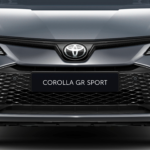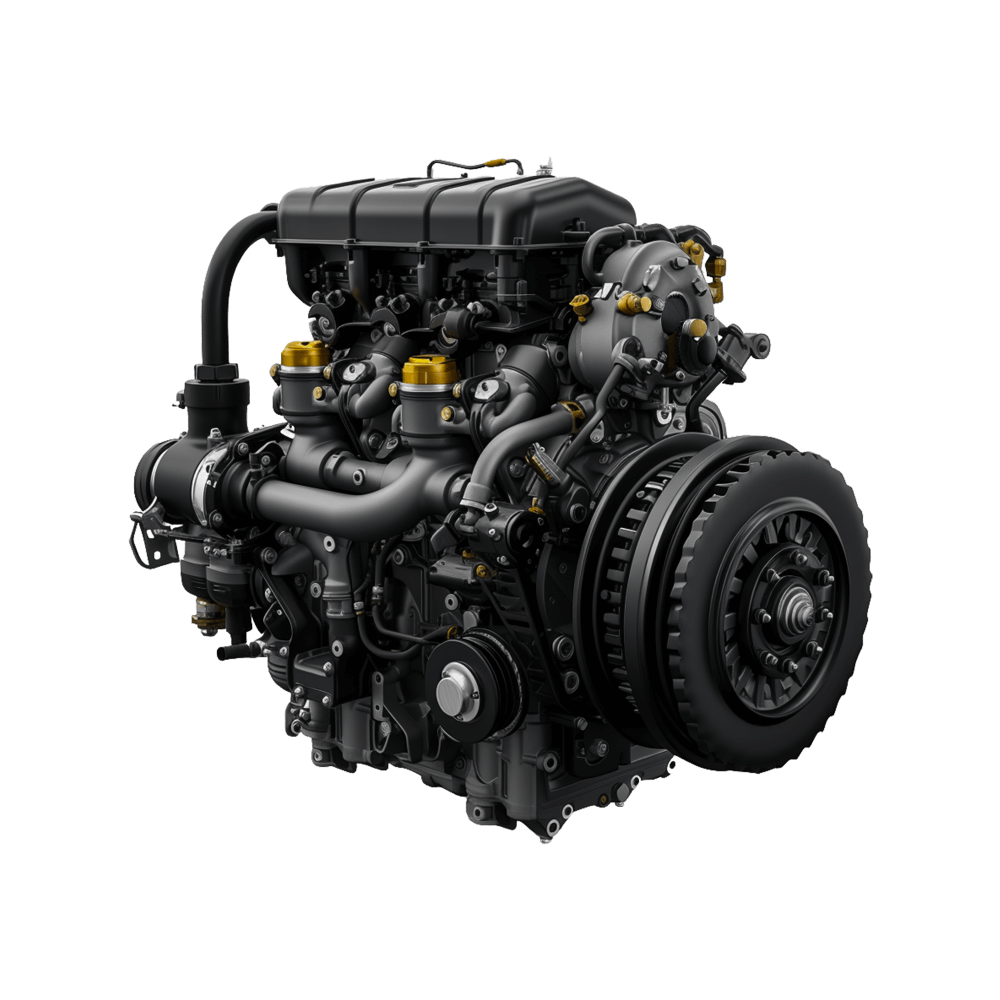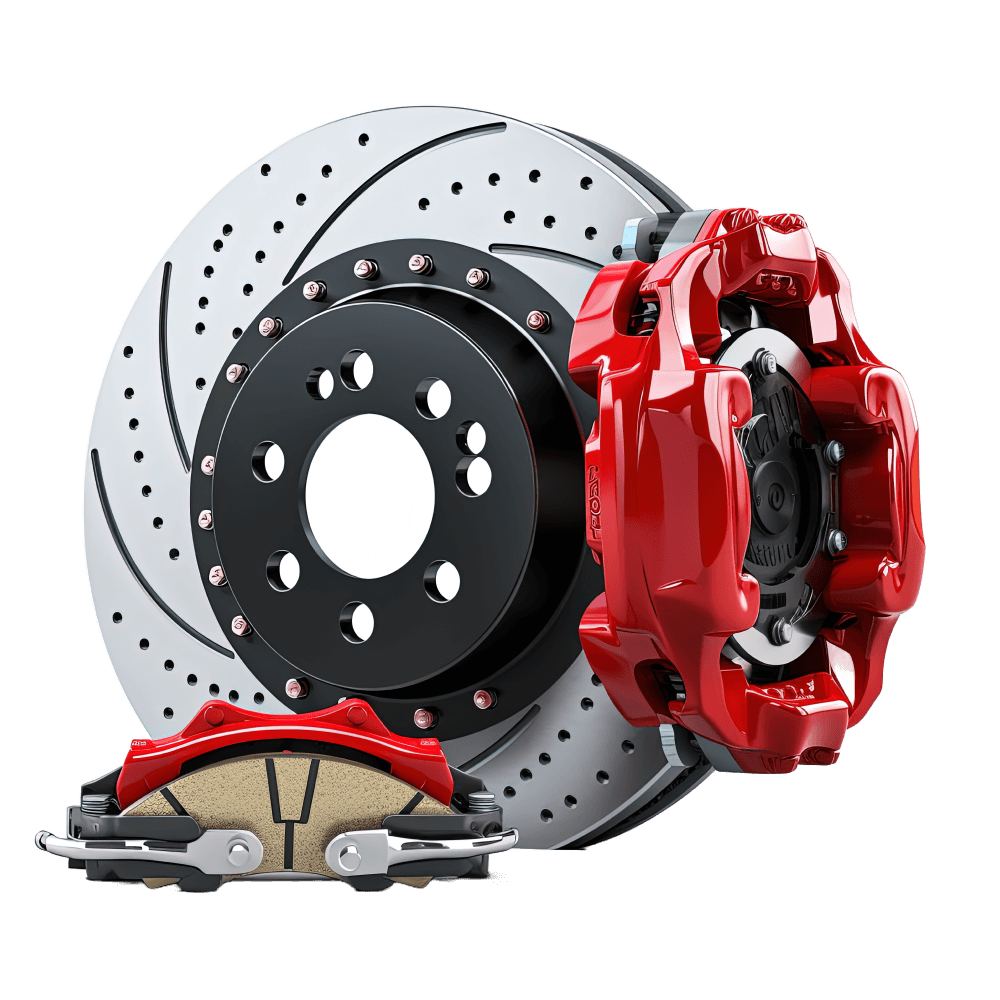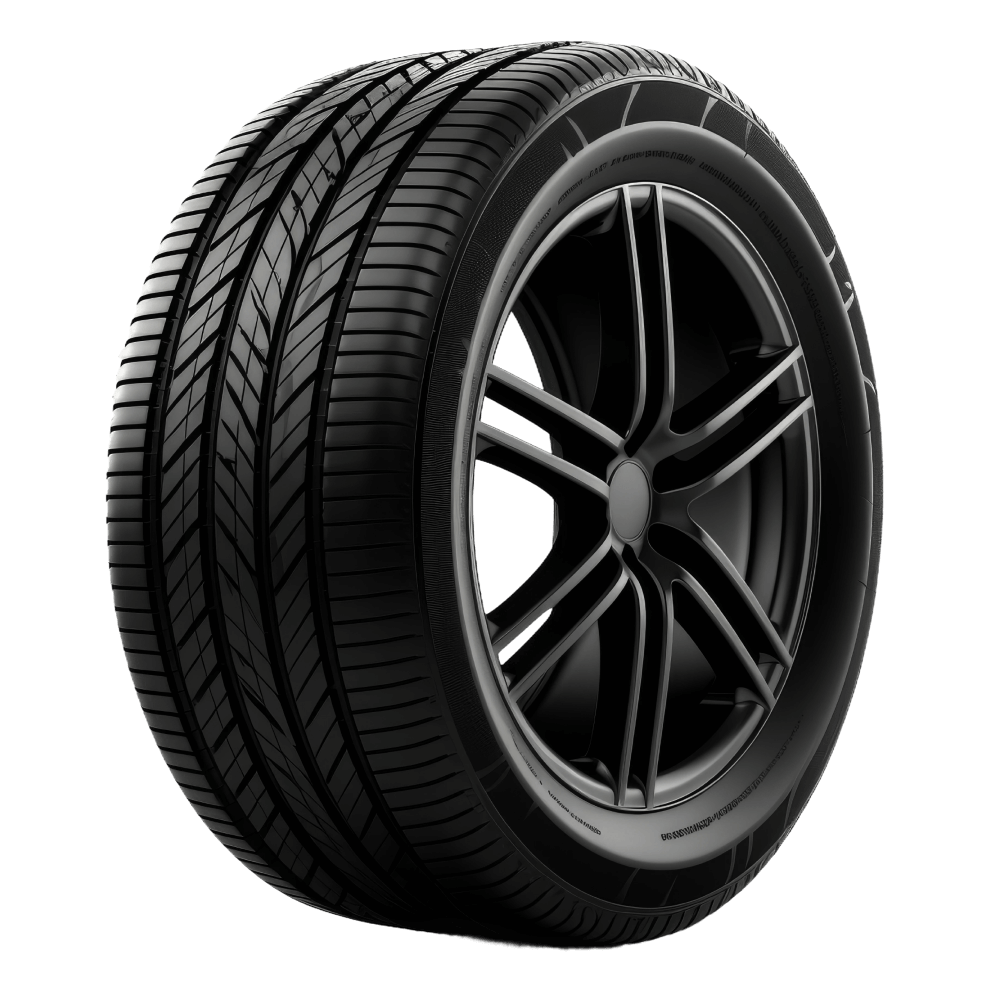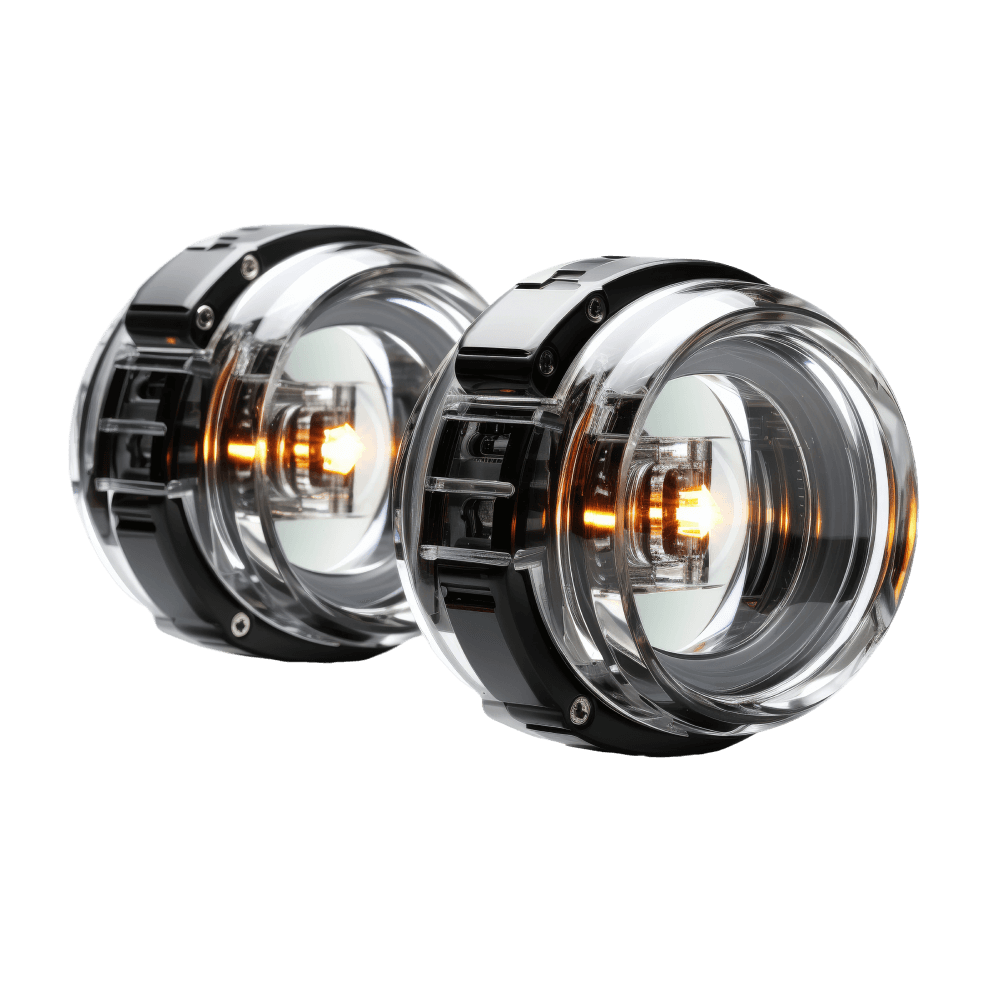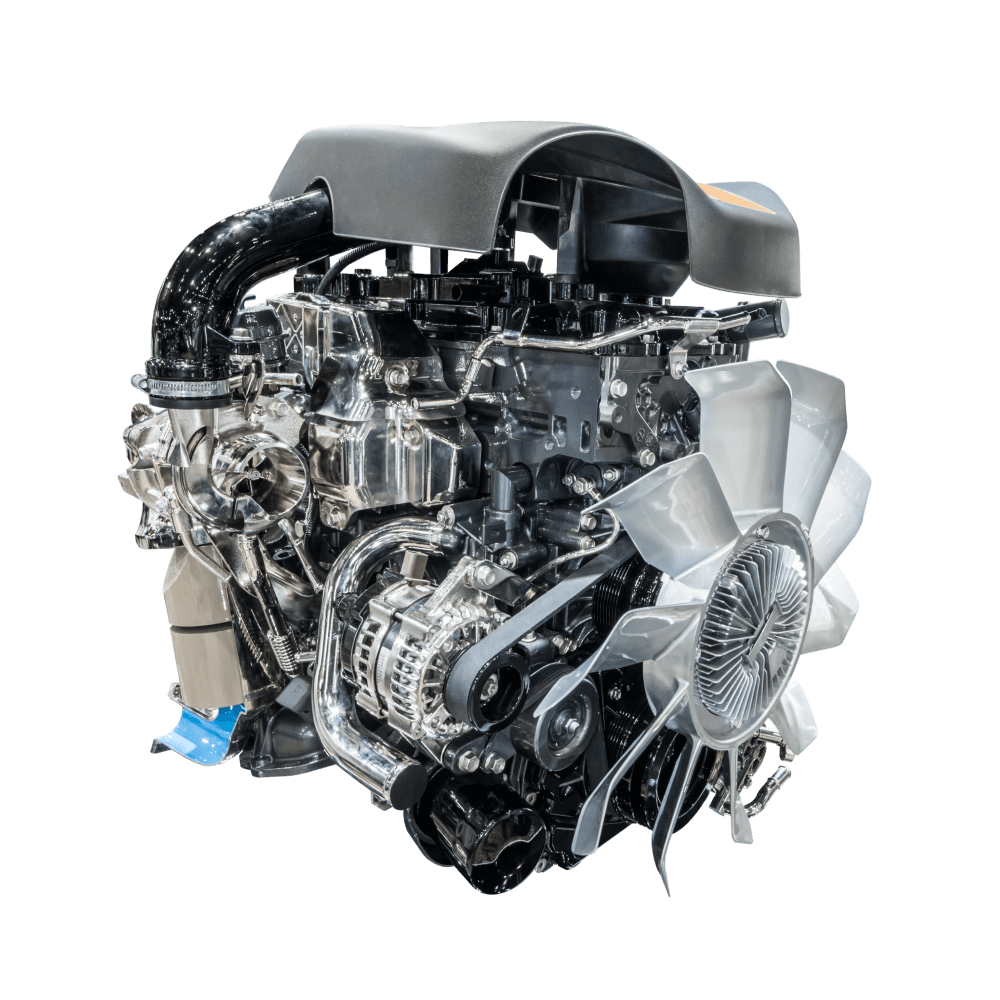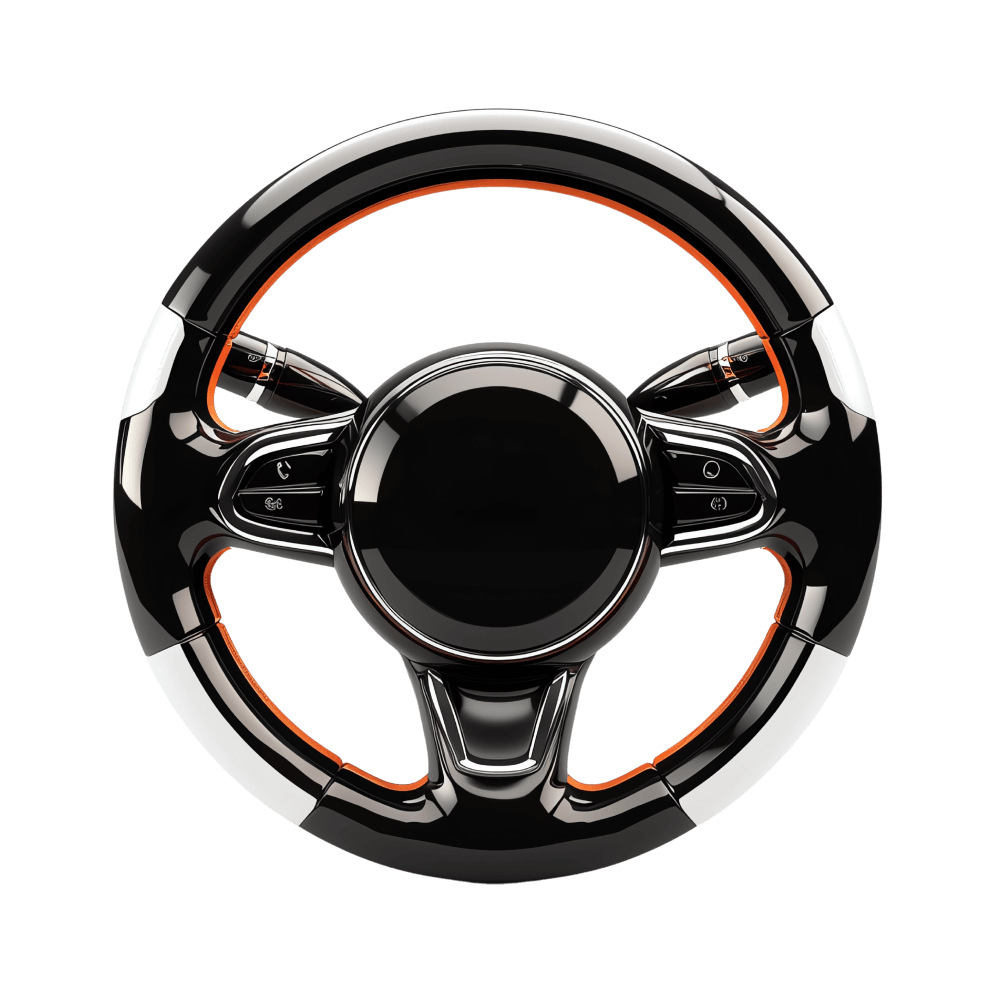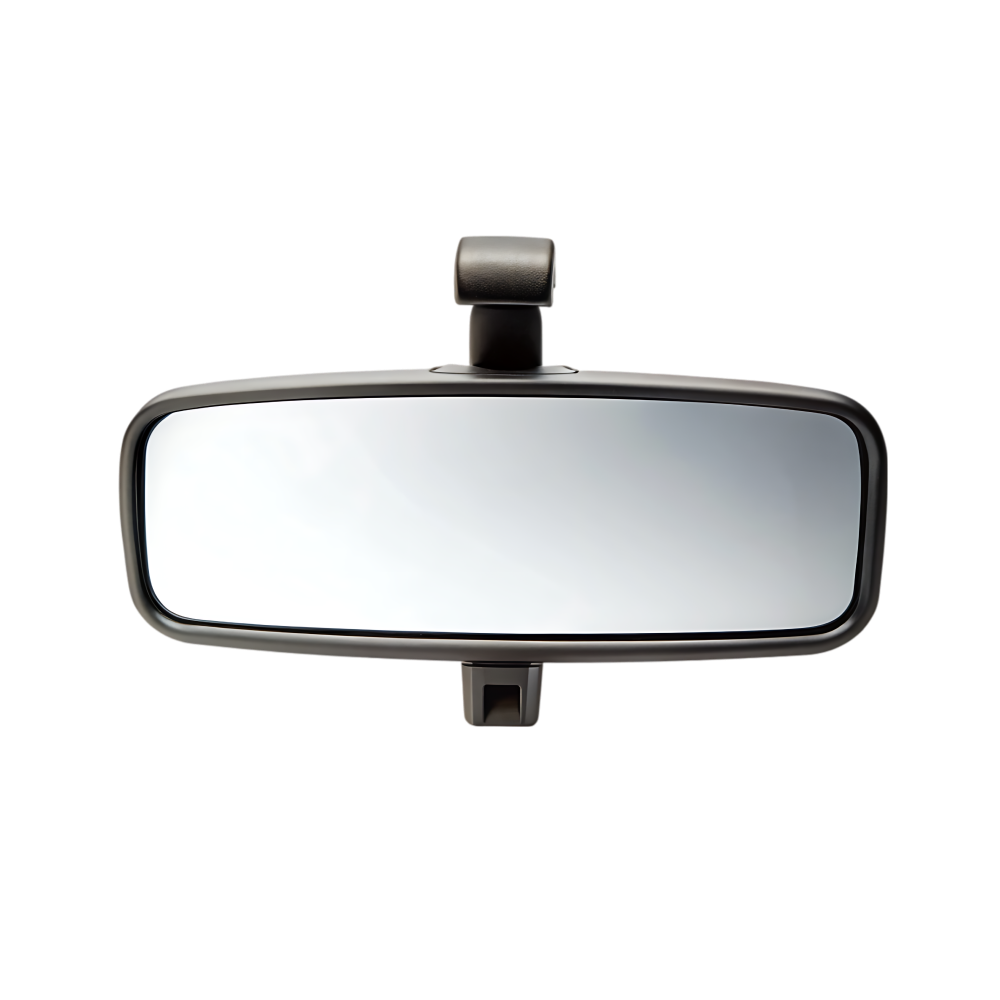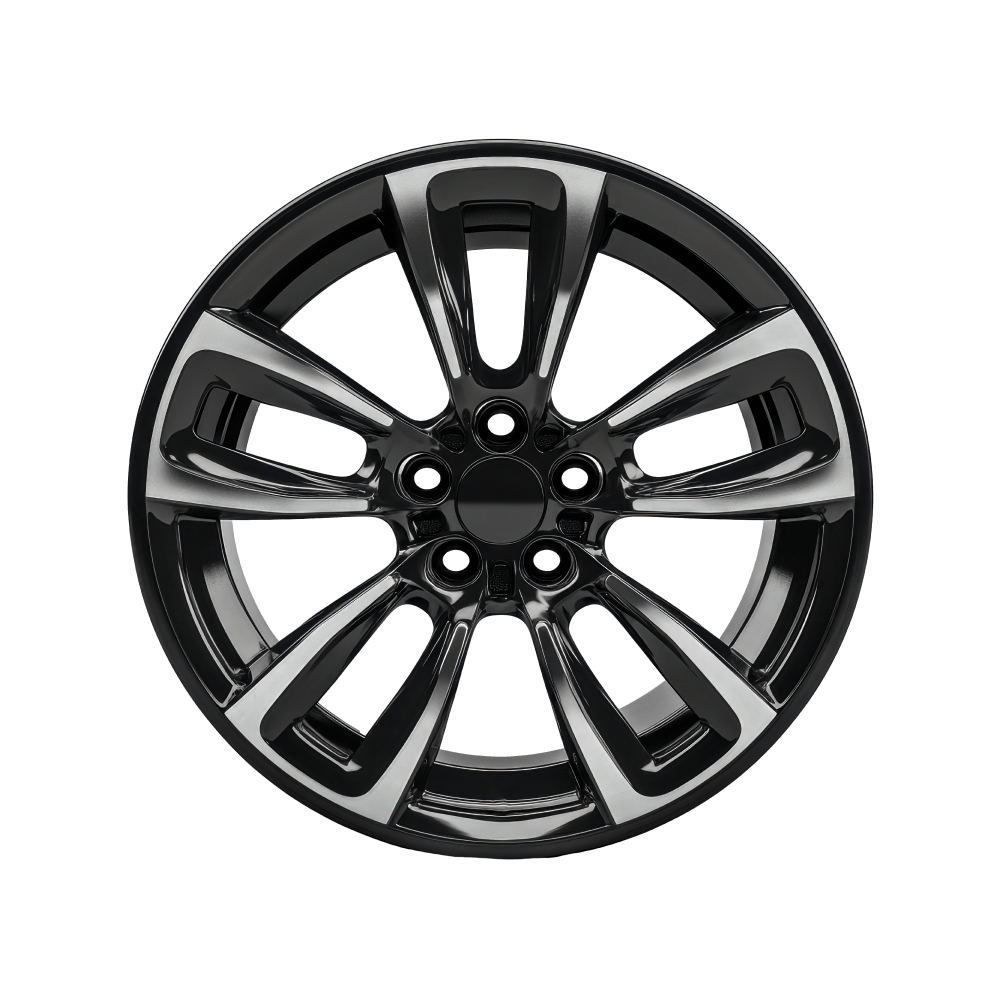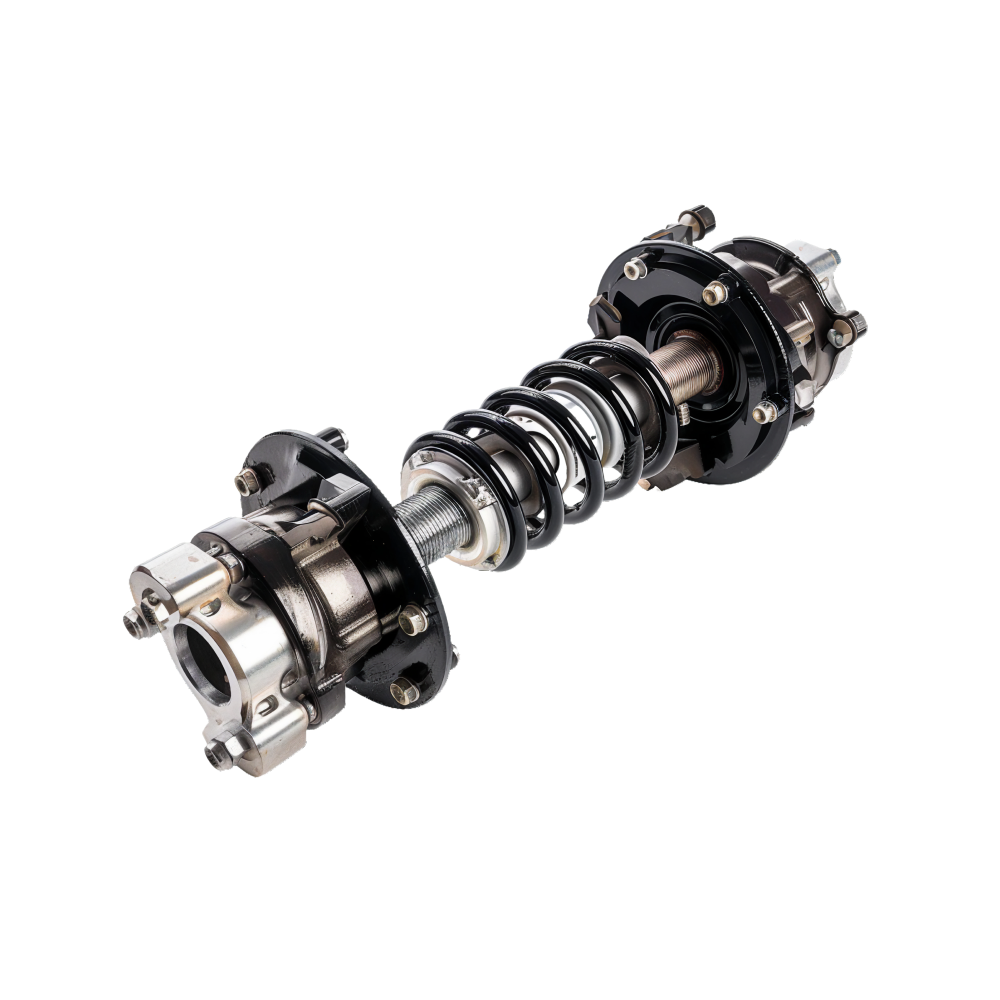At the table of China’s new energy vehicle industry, three founders with Internet backgrounds are facing the most brutal reshuffle since their entrepreneurship: the Li Auto i8 and LeDao L90, which were launched one after another, are regarded as the “last-ditch battles” for Li Auto and NIO’s respective transformations; the newly launched updated XPeng P7, on the other hand, bears the hope for XPeng to return to the high-end market.
As soon as the Li Auto i8 and LeDao L90 made their debuts, they triggered a huge media war. The executives of the two companies exchanged barbs on Weibo. Naturally, the market, users, and the media also compared the two new cars, and the competition between the two brands was full of gunpowder.
XPeng can’t just sit back and watch. Although it has returned to the “top three” on the sales list of new car-making forces this year, after the MONA M03 completely ignited the 100,000-yuan market segment, XPeng is also facing the challenge of returning to the high-end market.
This intense competition also gives a familiar feeling. NIO, XPeng, and Li Auto, which are closely linked by the label of “new car-making forces,” have been struggling in the new energy vehicle market for a decade. Now, they are once again at the critical junctures of their respective development paths.
However, this round of competition will be even more intense. Besides scale and profitability, whether they can find their own ecological niches in the new competition landscape will determine whether they can take a more stable and long – term journey on the new energy vehicle track.
Between 2014 and 2015, NIO, XPeng, and Li Auto were established one after another. They formed brand differentiations through their distinctive product positioning, attracting the attention of the capital market and target customers.
At that time, a “good story” was also the best ticket to the capital market. As the first – tier players among the new car – making forces, NIO, XPeng, and Li Auto had a mutual understanding. After all, only by jointly telling a good story about new energy vehicles could they make the market bigger. A group photo of the three founders in 2020 also recorded their past revolutionary friendship.
However, as NIO, XPeng, and Li Auto all went public, it meant that they had survived the “survival line” and began to face their independent tests. They started to diverge: NIO positioned itself as a high – end brand and adopted the battery – swapping route; Li Auto bet on family cars and chose the range – extender track; XPeng took technology as its label and focused on intelligent driving and ultra – fast charging systems.
NIO has always been firmly positioned in the high – end luxury market. It is committed to building an ecological system covering the entire life cycle of car use for its owners and transforming services into its core competitiveness.
In practice, NIO has extended a highly recognizable user service system around the “battery – swapping model”: NIO Houses all over the cities; a community system built based on the interests of car owners; exclusive services for car owners such as 24 – hour rescue and 24 – hour exclusive service groups; and the NIO Life design brand that brings together excellent designers from around the world.
NIO’s brand label is very clear: expensive cars, excellent services, and battery – swapping available. Its user reputation is also obvious to all. This is the “utopia” in Li Bin’s mind, which emphasizes long – termism, that is, establishing technological and brand moats through large – scale early investment to gain the upper hand in future industry competition.
However, under the “idealistic” halo of NIO, there is a cumulative loss pressure of tens of billions of yuan. Under the increasing profit pressure, Li Bin has to compromise with reality.
Since last year, NIO has launched a series of organizational reforms and membership system adjustments, including significantly streamlining the structure, strengthening supply – chain management, and reducing the benefits of the membership system. The birth of NIO’s sub – brand LeDao is regarded as NIO’s attempt to untie the “service shackles” and refocus the competition on the product itself, to compete head – on with other competitors through product strength.
Since its establishment, XPeng has taken “intelligence” as the core direction of brand development. From focusing on the research and development of intelligent assisted driving technology in the early stage to now building five major sectors of AI cars, AI chips, AIOS, AI robots, and flying cars, it is transforming into a “global AI technology company.”
However, in the early stage of XPeng’s development, “intelligence” was not yet a very clear brand label. Firstly, in the early years, the gap in the intelligence level among new energy vehicle brands was not large, so XPeng’s advantage was not prominent. Secondly, compared with the unique positioning of other competitors in terms of services and range – extenders, “intelligence” was difficult to be transformed into a clear brand image in consumers’ minds.
Therefore, although XPeng spent a huge amount on research and development, consumers were not impressed. Some even described the marketing – challenged XPeng as a “student with a science bias.” This contradiction was fully exposed after the failure of the XPeng G9.
After that, Wang Fengying was entrusted with a crucial task and became the president of XPeng Motors. In addition to reshaping the supply – chain and marketing systems, she further streamlined the product portfolio. The results of this series of reforms were most prominent in the MONA M03. It not only successfully entered the 100,000 – yuan market segment, but also a series of marketing campaigns around youth, good looks, and fun are regarded as the beginning of XPeng’s self – subversion.
Li Auto was the first among NIO, XPeng, and Li Auto to achieve relative success. Relying on its positioning of family cars and the differentiated advantage of range – extender technology, in a stage when this niche market was almost blank, it achieved rapid sales growth through the “copy – cat strategy.”
However, as more and more car companies have joined the range – extender track, Li Auto’s “moat” has begun to lose its effectiveness. Moreover, when Li Auto tried to enter the pure – electric track, it found that the previously successful “copy – cat strategy” might not be suitable for the highly competitive pure – electric market. If Li Auto does not step out of the comfort zone of its L – series products, it will be difficult to truly expand into new user groups.
As more and more car companies join the battle, NIO, XPeng, and Li Auto are facing their own pressures and anxieties. In a situation where almost all car companies are “new car – making forces,” they cannot just “do their own thing” but must actively seek ways to break the deadlock.
Many industry insiders and car industry tycoons have predicted that the new energy vehicle industry will undergo a fierce reshuffle in the future, and there may be only about 5 – 7 companies left in the Chinese market in the end.
When the tide goes out, those who are swimming naked will be exposed. To survive, NIO, XPeng, and Li Auto must make themselves stronger. Therefore, the founders of these new car – making forces have learned to “take advice,” face their own weaknesses, and learn from others’ strengths.
Firstly, reconstruct their respective product strategies. If the sign of an adult’s growth is learning to make peace with oneself, then the ten – year – old NIO, XPeng, and Li Auto may be the same.
It is true that NIO, XPeng, and Li Auto have all had their own best – selling models in the past decade. However, the iteration speed in the new energy vehicle circle is too fast. The original products will face problems such as outdated styling, lagging technology, disconnection of functions, and insufficient intelligent experience. How to continuously adjust the product strategy has become the key to the self – breakthrough of new car – making forces.
Take XPeng as an example. The initial listing price of the first – generation XPeng P7 was around 250,000 yuan. However, now its best – selling mainstream products, such as Mona M03 and P7 +, have entered the price range below 200,000 yuan, and it has also popularized intelligent driving. This is the result of the continuous optimization of XPeng’s marketing, technology, and cost – control capabilities.
Li Auto did not initially consider entering the pure – electric track. It was not until the battery cost and charging facilities were continuously improved that Li Auto announced in the Q4 2020 earnings conference that it planned to launch pure – electric models in 2023. For this purpose, Li Auto has also made a lot of preparations, such as launching a 20kW DC charging pile, whose charging speed is three times that of a 7kW AC charging pile.
From the changes in the product strategies of NIO, XPeng, and Li Auto, they are all constantly balancing their product portfolios in actual operations, enriching their originally relatively single brand positioning, and gradually approaching the multi – brand collaborative development strategy of traditional car companies in this process.
Secondly, take control of the supply chain. Most founders of new car – making force companies are not from a professional automotive background. Lacking supply – chain management experience, they are more likely to fall into the dilemma of out – of – control procurement costs.
In the early stage of the rapid development of the new energy vehicle industry, the enthusiasm for market expansion often covered up the sharpness of cost problems. However, as the industry competition enters a deeper stage, every difference in cost may directly affect the product pricing strategy and market competitiveness. Therefore, building a mature, efficient, and resilient supply – chain system has become a lesson that new car – making forces must learn.
In 2023, XPeng carried out internal supply – chain anti – corruption work. He Xiaopeng personally took charge of reorganizing the senior management team. Combined with a series of reforms led by Wang Fengying, the supply – chain cost was reduced by 20%. In the same year, Li Xiang established a “supply – chain strategy group” to strictly control supply – chain expenditures and promoted vehicle platform standardization and component commonization. In that year, Li Auto turned a profit for the first time.
Finally, focus more on profit – making goals. At present, the financial situations of NIO, XPeng, and Li Auto are quite different. According to the 2024 data, Li Auto continued to top the list among new car – making forces, leading NIO and XPeng in terms of sales, revenue, profit, and gross profit margin.
In the first quarter of 2025, XPeng performed outstandingly. Its revenue soared by 141.5% year – on – year to 15.81 billion yuan, and its gross profit margin climbed to 15.6%. In contrast, NIO still had a large loss, and its loss in the first quarter of this year continued to increase year – on – year. The market feedback on the supply – chain reform and the success of LeDao L90 as a best – seller is expected to be seen in the second half of the year.
However, both NIO and XPeng have set the goal of achieving profitability this year, which means that the Internet thinking model of “burning money for growth” of new car – making forces will come to an end.
In the current more practical new energy vehicle market, new car – making forces must also be tested by profitability like traditional car companies, rather than just relying on “telling stories” to gain the recognition of the capital market.
Under the common goal of “profit first,” NIO, XPeng, and Li Auto, which once went their separate ways, are standing at the same starting line again. However, on this “out – if – unprofitable” track, they will inevitably repeat each other’s paths.
Li Auto suffered a setback with the MEGA series; NIO had high hopes for the LeDao L60 but failed to achieve explosive sales; and the G9, which XPeng regarded as the “best car,” also flopped…
After experiencing their respective troughs, XPeng successfully turned the tables with the MONA M03, and NIO also won a crucial battle with the LeDao L90. However, now XPeng is facing the pressure of returning to the high – end market, which has also become a concern for NIO in the future.
After all, it is easy for a brand to move downmarket, but it is much more difficult to move back up. Although “cost – effectiveness” is a “quick fix” for new car – making forces to boost sales, it will lower the average gross profit margin of car companies and invisibly increase the brand’s profit pressure.
Li Auto has made continued efforts after the MEGA incident, but the presence of the Li Auto i8 in the pure – electric track is still relatively weak. For XPeng, which wants to challenge the range – extender route in the future, it means that stepping out of the comfort zone is by no means easy.
For a car company to simultaneously balance the two technical routes of range – extender and pure – electric is not just a simple replication of product functions. It also involves the reconstruction of the core technical architecture and cross – dimensional penetration of user perception. Every time the technical route is switched, a new strategy must be adopted.
New car – making forces are exploring the new energy vehicle market from scratch. They will inevitably pay more trial – and – error costs to more accurately capture the pulse of market demand, and then timely optimize product strategies and continuously polish the user experience.
However, as the trial – and – error window in the new energy vehicle market is constantly narrowing, NIO, XPeng, and Li Auto have fewer “cards” to play. They have to penetrate into each other’s areas and even experience each other’s “pains,” which will also be a microcosm of the future Chinese new energy vehicle market.
When the new energy vehicle circle enters the elimination stage, any car company that wants to stay in the game cannot rely on accidental success. It must follow the underlying development logic of the industry, find replicable experience from industry cases, and complete the evolution from disorder to order. This is also an inevitable stage in the development of the new energy vehicle market.
If in the past decade, new car – making forces were a rising “grassroots force,” then in the next decade, they must become faster and more flexible to adapt to the new market rhythm. There are no permanent winners in the market, only eternal evolution.
Ultimately, whether NIO, XPeng, and Li Auto can all successfully stay in the game or will be merged and survive in a different form is still unknown. After all, profitability is just the ticket to the final round. To truly survive the next decade, they have to strive to become the fastest – evolving species.
But
该文观点仅代表作者本人,36氪平台仅提供信息存储空间服务。
36kr Europe (eu.36kr.com) delivers global business and markets news, data, analysis, and video to the world, dedicated to building value and providing business service for companies’ global expansion.
© 2024 36kr.com. All rights reserved.







